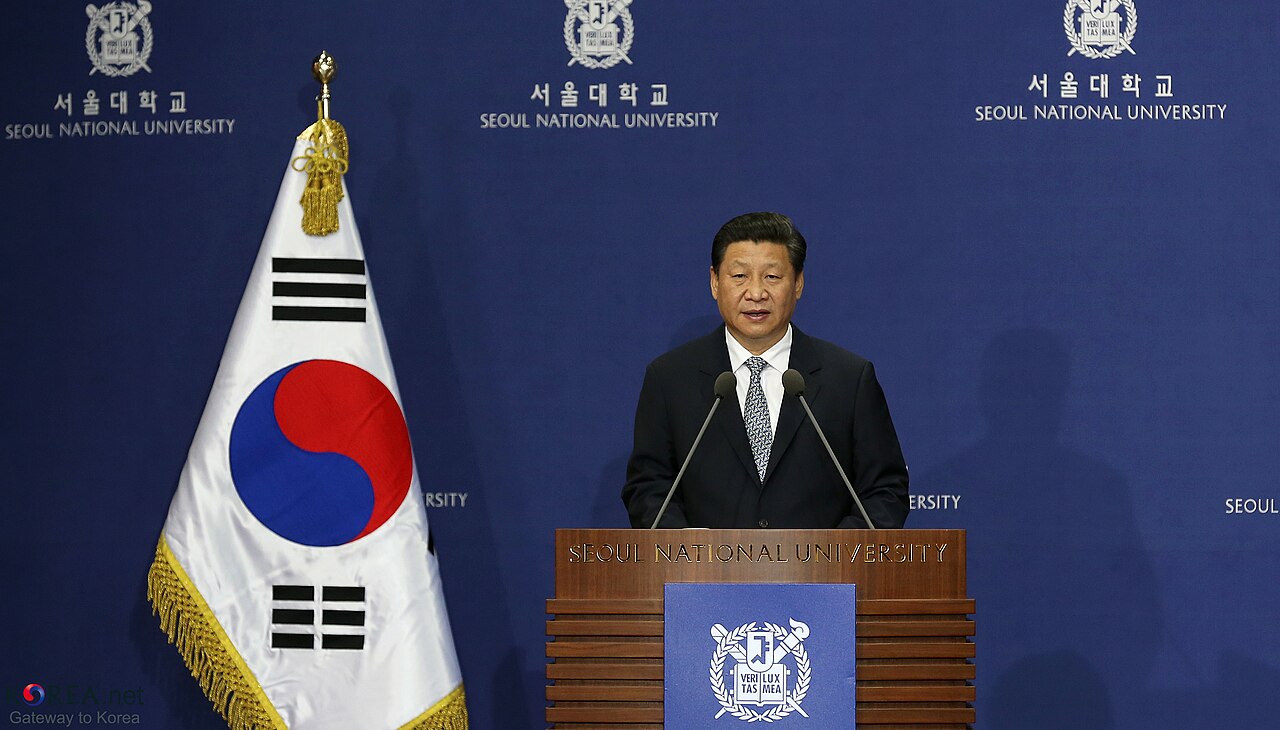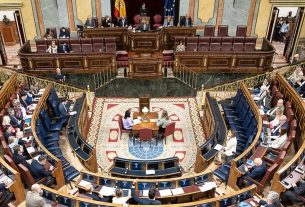China’s rare earth exports fell sharply in September, dropping to 4,000.3 metric tonnes—a 31% decline compared to August. This marks the third consecutive monthly decrease and the lowest export volume since February, as Beijing intensifies restrictions on shipments to Western markets.
Rare earth elements are essential to the production of semiconductors, electric vehicles, renewable energy systems, and defense technologies. China, which dominates global supply, has increasingly used export controls as a strategic tool amid rising geopolitical tensions.
Industry sources report that Chinese exporters are facing longer and more complex licensing procedures, particularly for rare earth magnets and processing technologies. These delays have raised concerns among international buyers, who fear supply disruptions and price volatility.
The timing of the export curbs is seen as politically significant, coming ahead of a scheduled summit between Chinese President Xi Jinping and U.S. President Donald Trump. Analysts suggest the move may be intended to strengthen China’s negotiating position in ongoing trade and security discussions.
Manufacturers in Europe and North America are already feeling the impact, with some exploring alternative sourcing and domestic production options. The September figures underscore the vulnerability of global supply chains to policy shifts in Beijing and the growing urgency for diversification.
China remains the world’s leading producer of rare earths, accounting for more than 60% of global output. The latest export data reflects a broader strategy to consolidate control over strategic resources and assert influence in global markets.



